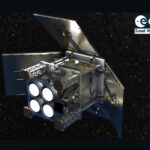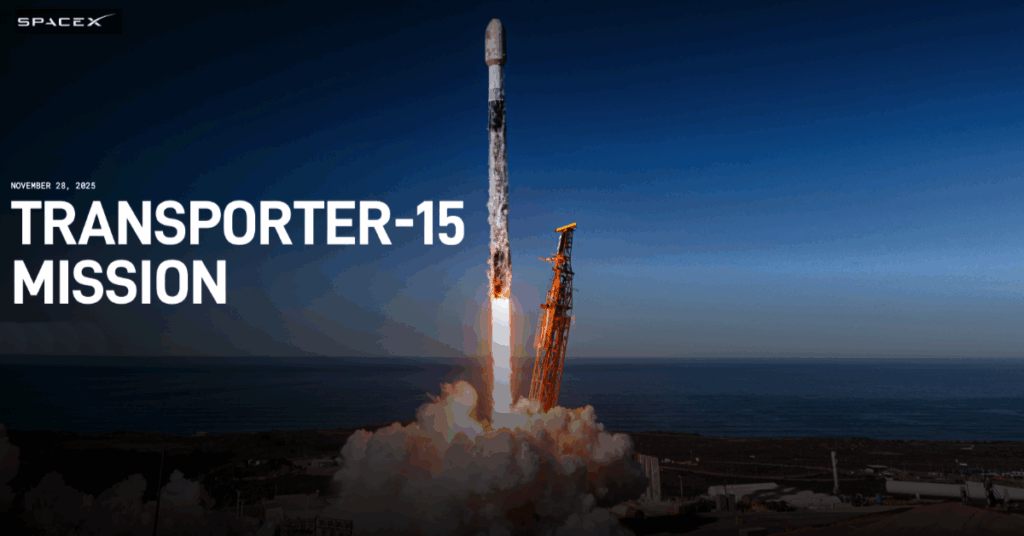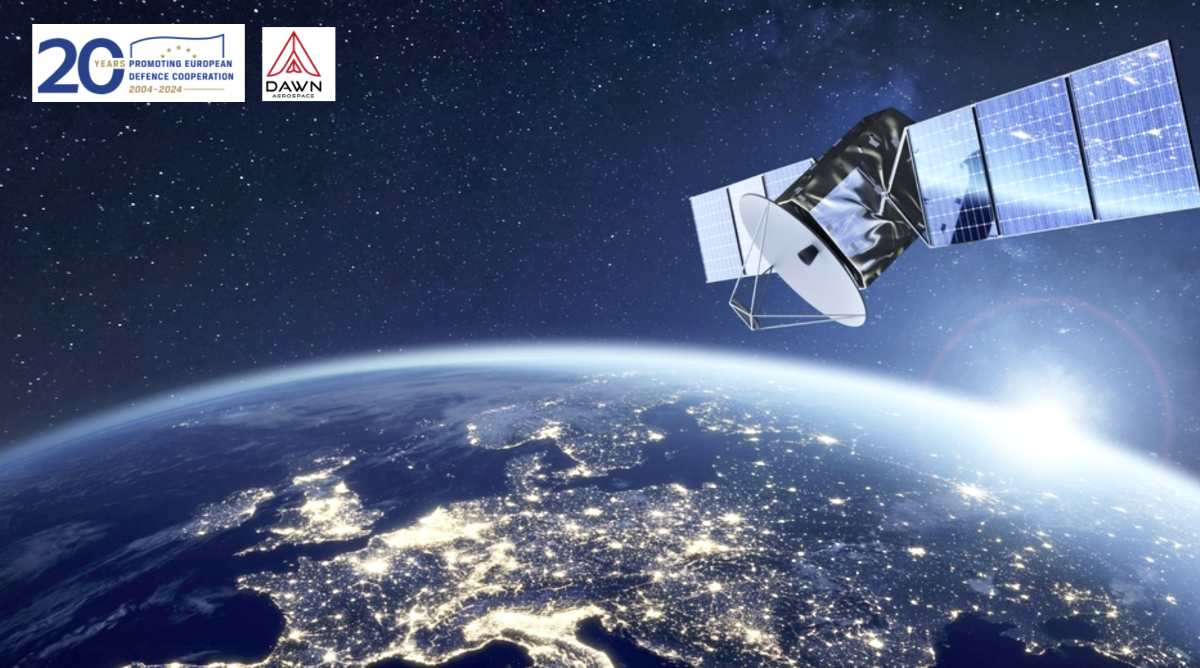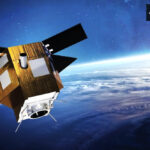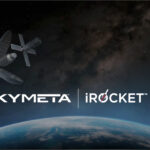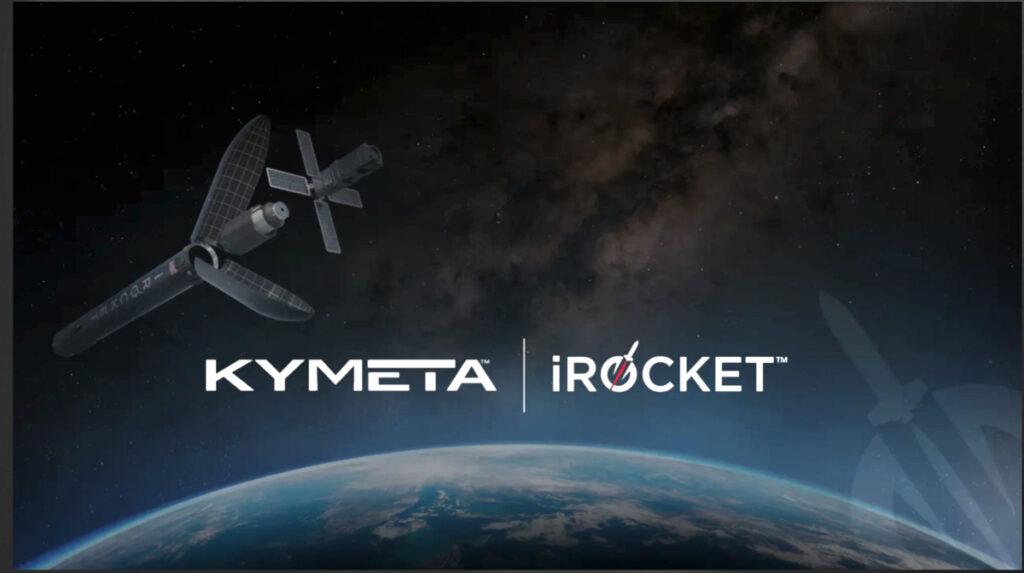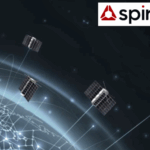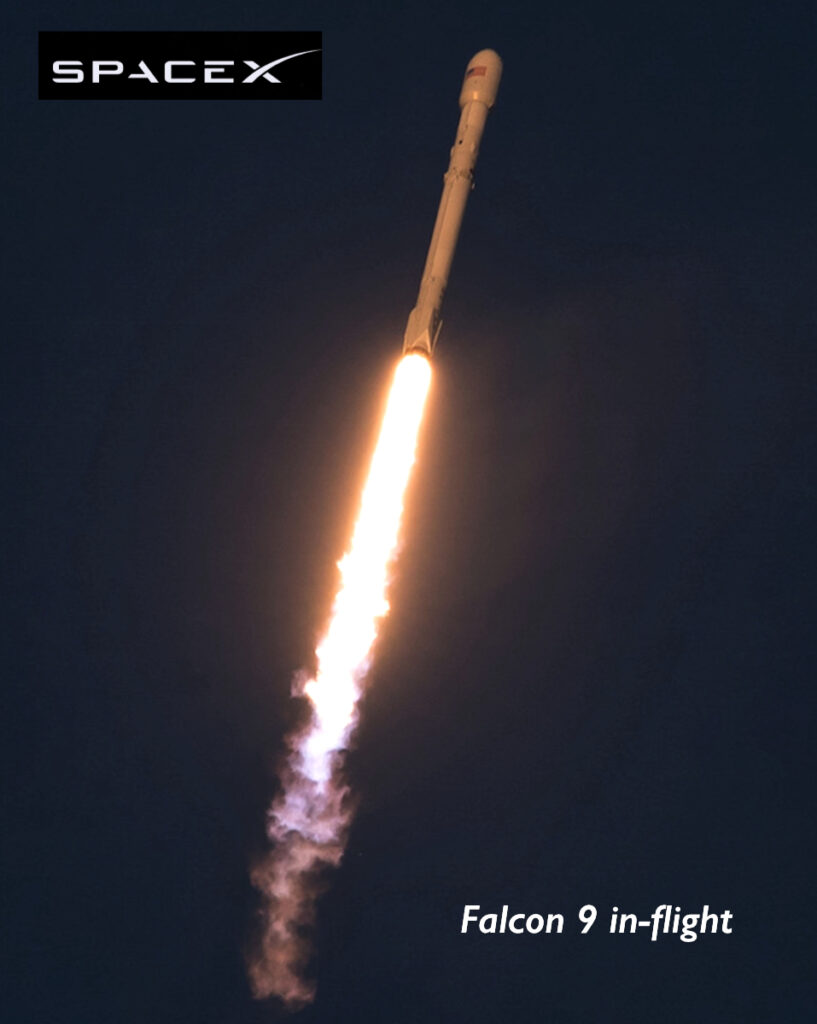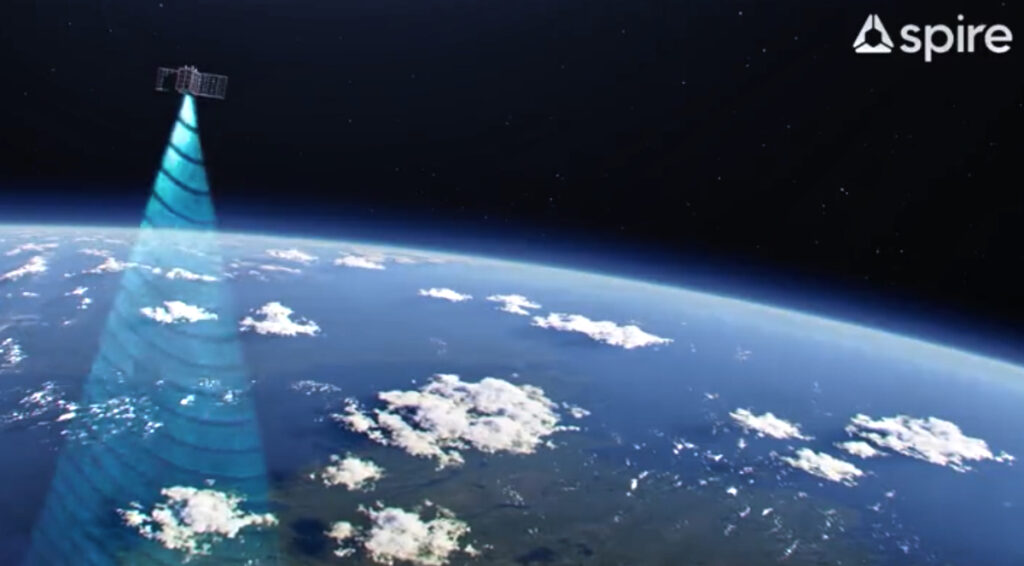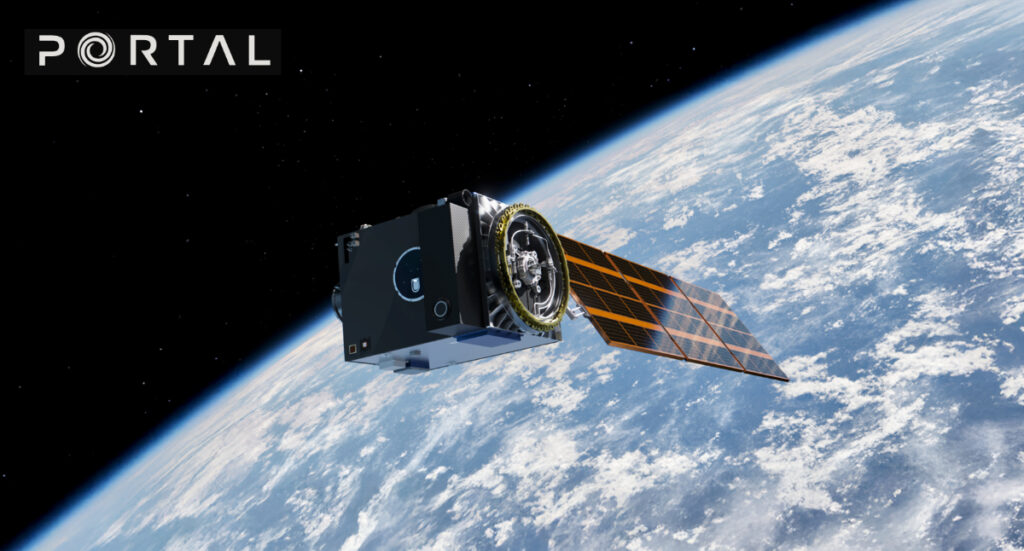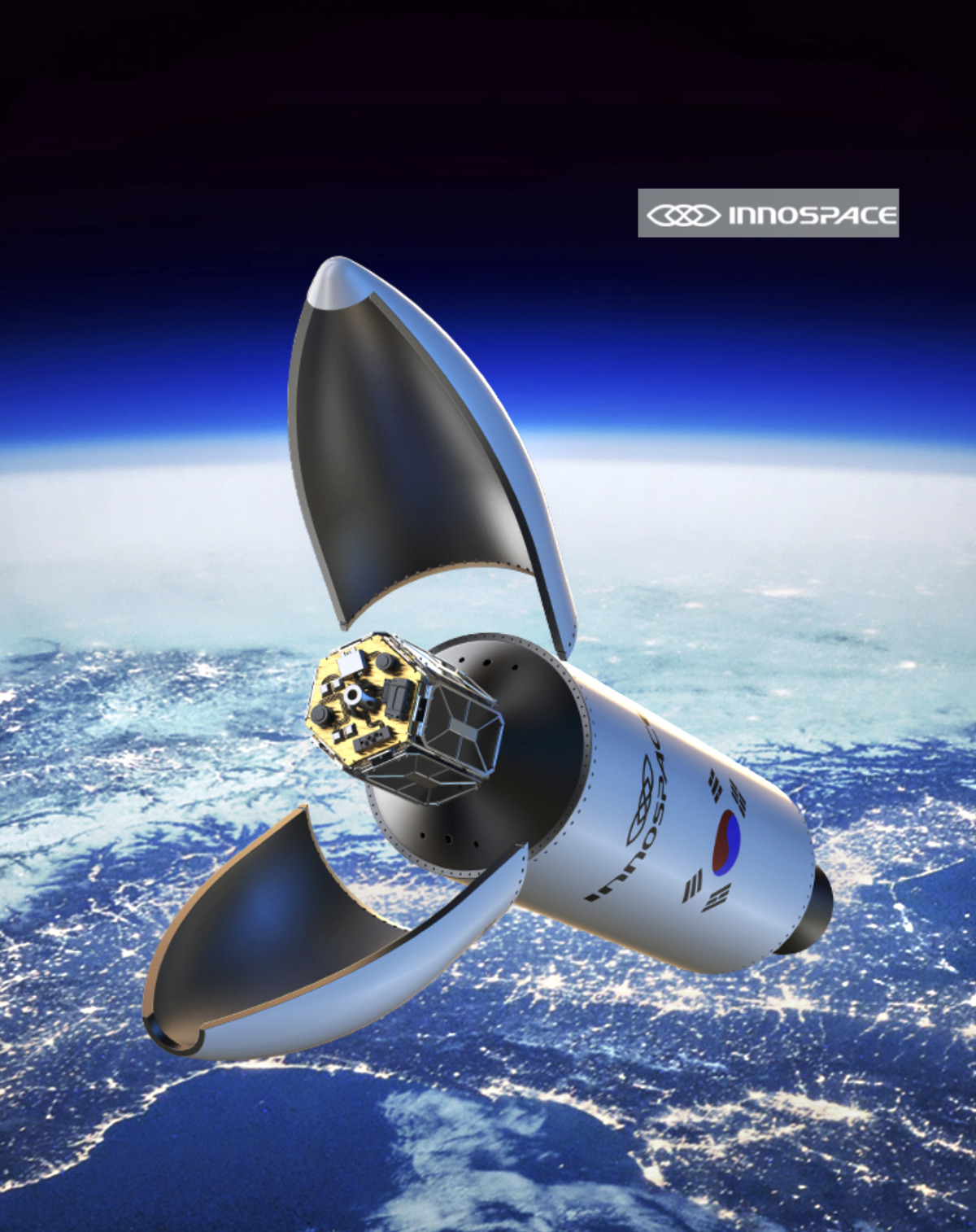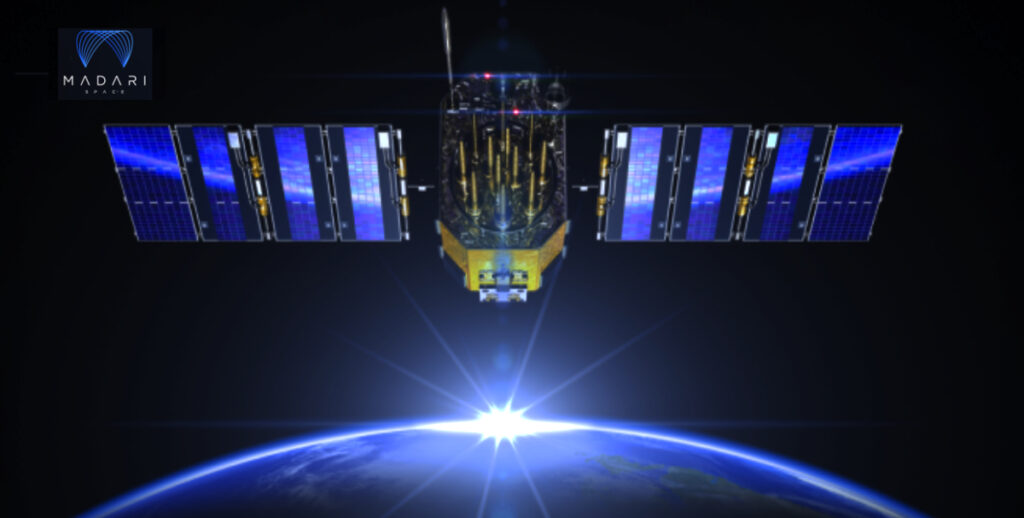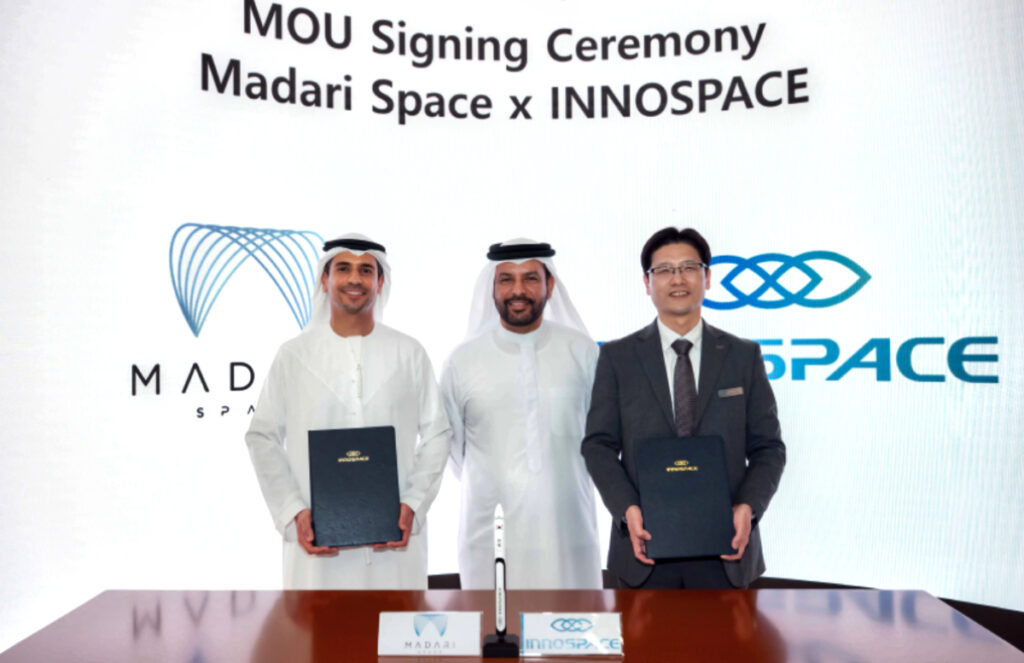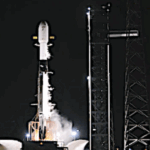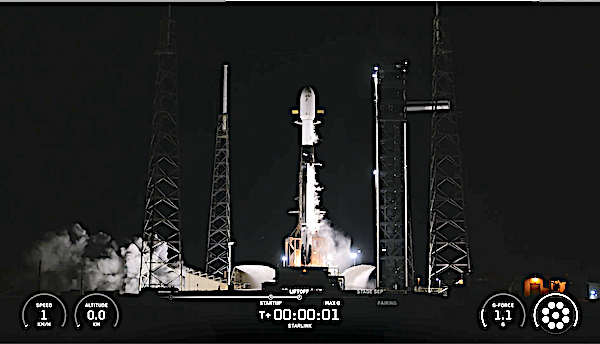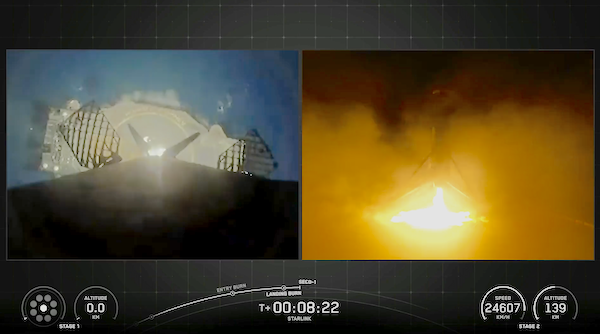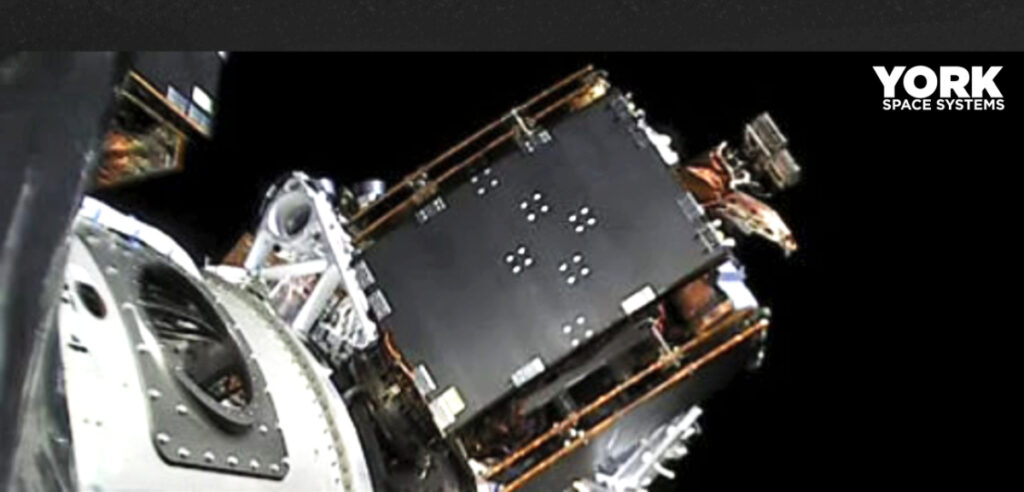
The Italian EO IRIDE program with OBH Italia as the prime has added eight satellites to their second constellation, Eaglet II.

The Eaglet II satellites lifted off on board a Falcon 9 rocket at 19:44 CET (10:44 local time), November 28th, from Vandenberg Space Force Base in California, U.S. All satellites were placed into orbit about one hour after launch. Acquisition of signal for all satellites was confirmed several hours later by OHB’s Mission Control Centre in Rome.
Data from the IRIDE satellites, of which there are now 16 in orbit, will support products such as maps, monitoring services and multi-temporal analysis. Each satellite in the Eaglet II constellation carries a multispectral, high-resolution optical instrument, as well as an Automatic Identification System (AIS) instrument.
OHB Italia is the prime contractor for the satellite. They will orbit at an altitude between 467 km and 625 km above Earth’s surface and provide images with ground resolution of about 2 m. The Flight Operations Segment (FOS) was developed by Telespazio on SITAEL’s PLATINO platform and Leonardo’s hyperspectral radar sensor.


